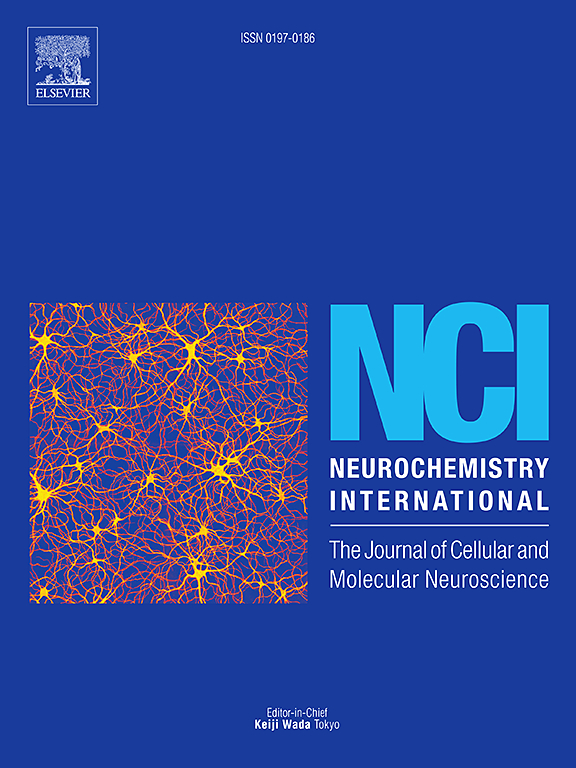Circular RNAs from the MAPT and TARDBP genes: Novel players in neurodegeneration?
IF 4
3区 医学
Q2 BIOCHEMISTRY & MOLECULAR BIOLOGY
引用次数: 0
Abstract
The microtubule associated protein tau (MAPT) and TAR DNA binding protein (TARDBP) genes play crucial roles in neurodegeneration. The tau protein encoded by MAPT is the main component of tau tangles, a pathologic hallmark of “tauopathies” such as Alzheimer's disease (AD). Cytosolic accumulations of TDP-43, encoded by TARDBP are characteristic for LATE (Limbic-predominant age-related TDP-43 encephalopathy) and other TDPopathies. In addition to the well-characterized mRNA splicing isoforms, both genes generate a multitude of circular RNAs (circRNAs). Both MAPT and TARDBP express circular RNA-specific exons characterized by suboptimal splice sites and lengths and are frequently derived from Alu-elements. Most circTau and to date all circTARDBP RNAs expressed in brain are human-specific, suggesting a possible unique contribution to human brain disease. TARDBP and MAPT circRNAs harbor open reading frames and circTau RNAs were shown to be translated into polypeptides in cells. Thus, circRNAs from the MAPT and TARDBP genes should be considered in molecular analysis of AD, LATE and other neurological diseases.
来自MAPT和TARDP基因的环状rna:神经变性的新参与者?
微管相关蛋白tau (MAPT)和TAR DNA结合蛋白(TARDBP)基因在神经变性中起着至关重要的作用。由MAPT编码的tau蛋白是tau缠结的主要成分,tau缠结是阿尔茨海默病(AD)等“tau病”的病理标志。由TARDBP编码的TDP-43的细胞质积累是LATE(边缘区显性年龄相关性TDP-43脑病)和其他tdp病变的特征。除了具有良好特征的mRNA剪接异构体外,这两个基因还产生大量环状rna (circRNAs)。MAPT和TARDBP都表达环状rna特异性外显子,这些外显子的剪接位点和长度都不理想,并且通常来源于alu元件。在大脑中表达的大多数circTau和可能所有circTARDBP rna都是人类特异性的,这表明可能对人类脑部疾病有独特的贡献。TARDBP和MAPT环状rna携带开放阅读框,circTau rna在细胞中被翻译成多肽。因此,在AD、LATE和其他神经系统疾病的分子分析中,应该考虑来自MAPT和TARDBP基因的环状rna。
本文章由计算机程序翻译,如有差异,请以英文原文为准。
求助全文
约1分钟内获得全文
求助全文
来源期刊

Neurochemistry international
医学-神经科学
CiteScore
8.40
自引率
2.40%
发文量
128
审稿时长
37 days
期刊介绍:
Neurochemistry International is devoted to the rapid publication of outstanding original articles and timely reviews in neurochemistry. Manuscripts on a broad range of topics will be considered, including molecular and cellular neurochemistry, neuropharmacology and genetic aspects of CNS function, neuroimmunology, metabolism as well as the neurochemistry of neurological and psychiatric disorders of the CNS.
 求助内容:
求助内容: 应助结果提醒方式:
应助结果提醒方式:


